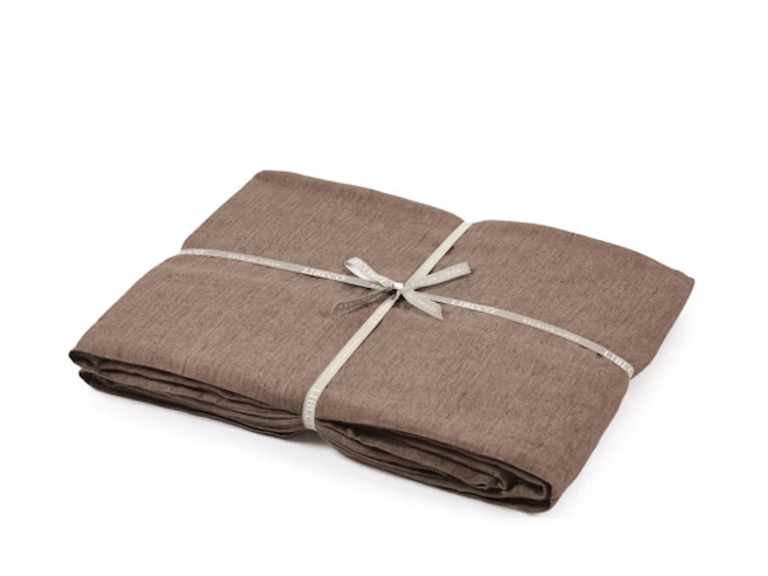The History and Cultural Significance of Linen
Explore the rich history and cultural significance of linen, a fabric that has been cherished for centuries. From its origins in ancient civilizations to its role in modern textile production, linen's journey reflects craftsmanship, sustainability, and artistry.
A Timeless Fabric: The Origins of Linen
Linen has been an integral part of human culture for thousands of years, with evidence of its use dating back to ancient Egypt. This durable and versatile fabric was not only valued for its practical applications but also for its aesthetic appeal, symbolizing wealth and purity in various cultures. Linen was often reserved for the elite, with the finest quality pieces being used in mummification and burial ceremonies, highlighting its sacred status.
Key Historical Figures in Linen’s Journey
1. Imhotep: The Architect of Ancient Egypt
Imhotep, a prominent figure in ancient Egypt, is often credited as the world’s first architect and physician. His use of linen in medical practices laid the groundwork for its importance in healthcare. Linen's natural properties made it an ideal material for bandaging wounds, as it was both breathable and absorbent. This early application of linen not only showcases its versatility but also its cultural significance in promoting health and healing.
2. Queen Elizabeth I: The Renaissance Influencer
Fast forward to the Renaissance, when Queen Elizabeth I of England utilized linen to reflect her royal status. She wore elaborate garments made from fine linen, which were often embellished with intricate lace. This period saw linen becoming a symbol of wealth and refinement in European courts. The Queen’s fashion choices significantly influenced the textile market, leading to a surge in linen production and its adoption by the upper classes across Europe.
3. William Morris: The Arts and Crafts Movement Pioneer
In the 19th century, the arts and crafts movement, spearheaded by William Morris, revitalized interest in traditional textile arts, including linen weaving. Morris's emphasis on craftsmanship and sustainable practices resonated with the growing awareness of environmental impacts. His designs often incorporated natural motifs, celebrating the beauty of linen as a textile that connected individuals to nature and heritage.
Cultural Significance of Linen
Beyond its historical context, linen carries deep cultural meanings in many societies. From traditional garments worn during significant ceremonies to its use in everyday life, linen embodies a connection to heritage and identity. In Ireland, for instance, linen has been a symbol of national pride, with the fabric being produced locally and used in everything from clothing to home textiles. Understanding these cultural dimensions allows us to appreciate linen beyond its physical properties, highlighting its role as a medium for expression and tradition.
Linen in Modern Times
In contemporary society, the demand for linen has seen a resurgence, particularly among eco-conscious consumers. Linen is celebrated for its sustainability, as flax cultivation requires minimal resources and is biodegradable. The Libeco Nottinghill Linen Sheets and Pillowcases, inspired by London’s charming neighborhood, exemplify this modern appreciation. Crafted from 100% linen with a soft-washed finish, these sheets reflect a commitment to sustainable craftsmanship and offer both comfort and style.
Libeco Nottinghill Linen Sheets and Pillowcases
Inspired by the charm of London’s Nottinghill neighborhood, this collection combines fall colors for a cozy, winter-ready look. The duvet and pillow shams feature a reversible design, offering two looks in one. Made from 100% linen, this collection boasts a washed finish for a soft, lived-in feel. Woven in Belgium, it reflects superior craftsmanship and attention to detail.
View Product
Conclusion: The Enduring Legacy of Linen
Linen's journey through history illustrates its multifunctional role as a fabric of choice across cultures and eras. From ancient Egyptian tombs to modern eco-friendly homes, linen continues to signify elegance, sustainability, and artistry. As we embrace this timeless material, we honor its legacy and look forward to its evolving story in our contemporary lives.


